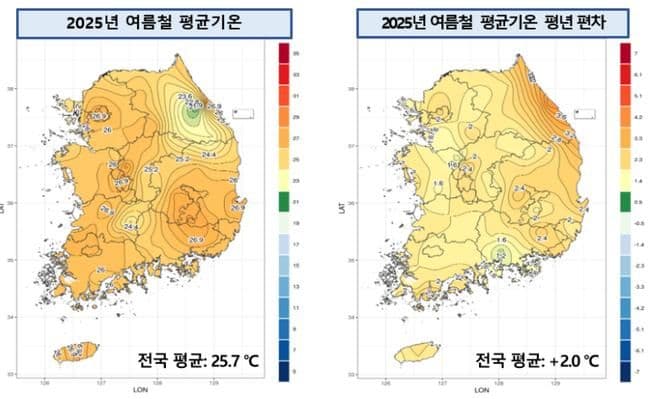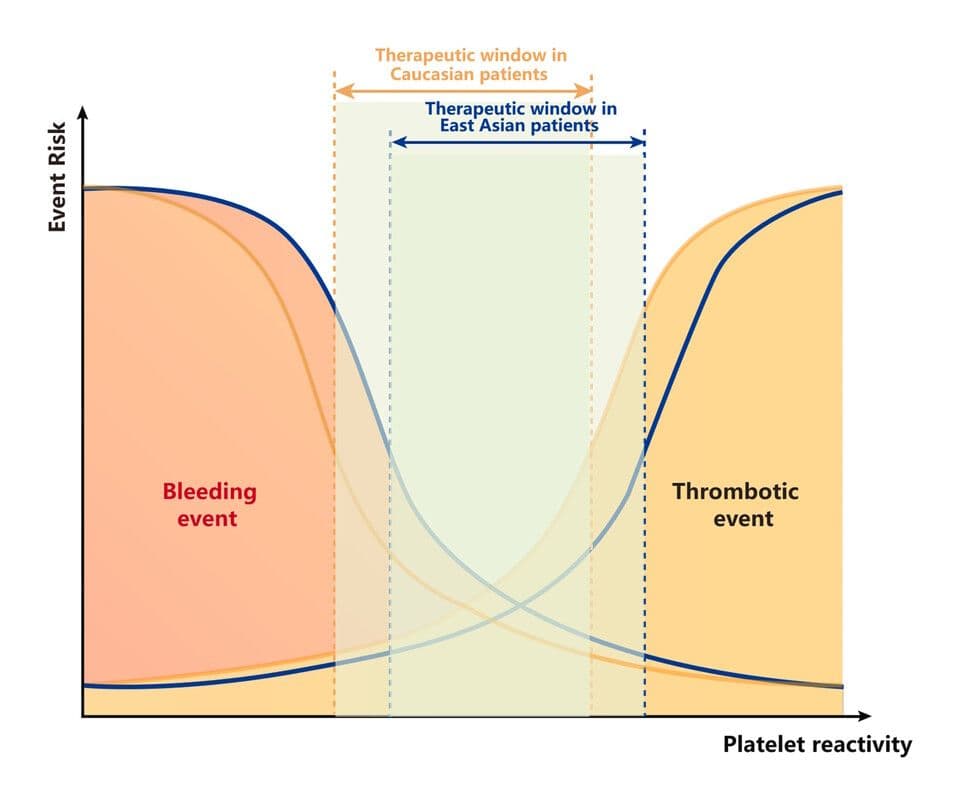South Korea's October Heat Wave Hits 37°C: Why Is It So Hot in Fall?

October Heat That Feels Like Midsummer
Can you imagine wearing short sleeves in October? Well, that's exactly what's happening in South Korea right now. On October 11, 2025, temperatures across the nation are expected to soar to a scorching 37°C, with morning lows hovering around 21-27°C. This isn't your typical autumn weather, it's more like a summer heat wave that simply refuses to leave.
The Korea Meteorological Administration has issued heat wave warnings across most regions, with maximum perceived temperatures reaching 35°C. What makes this even more unusual is that tropical nights, where temperatures stay above 25°C even after sunset, are still occurring in coastal areas and urban centers. The air quality remains moderate with fine dust levels generally acceptable, but the relentless heat is what's really catching everyone's attention.
According to meteorological officials, the entire country is under the influence of the North Pacific high-pressure system, which typically dominates during summer months. The seas around the Korean Peninsula show wave heights of 0.5-1.5 meters in the East and South Seas, and 0.5-1.0 meters in the West Sea, indicating relatively calm conditions despite the atmospheric anomaly above.[web:6][web:9][web:21]
Breaking Records Like It's a Sport

Here's something that might shock international readers: 2025 has been Korea's hottest year on record. The summer average temperature hit 25.7°C, breaking the previous record of 25.6°C set just last year in 2024. That's right, two consecutive years of record-breaking heat. Seoul alone experienced 46 tropical nights during the summer, the highest number since temperature recordings began in 1908.
But wait, there's more. The heat didn't just stop when summer officially ended. October temperatures are running significantly above normal, with some regions like Jeju experiencing their first-ever October tropical nights on October 6-7. Seogwipo broke its all-time October temperature record with 31.3°C on October 7. Online communities are buzzing with residents posting messages like Still wearing short sleeves and Have to turn on the air conditioner at night.
The probability of above-average temperatures in October stands at 40%, with abnormally high temperature days expected to be more frequent than usual. Even November is forecast to remain warmer than normal, with temperatures 0.5-1.2°C above historical averages. Climate scientists warn that this pattern represents more than just a hot year, it's a clear signal of accelerating climate change affecting the Korean Peninsula.[web:3][web:10][web:26][web:27][web:38]
Why Is This Happening?
So what's causing this extended summer? The main culprit is the North Pacific high-pressure system, which has been unusually strong and persistent throughout 2025. Normally, this high-pressure system weakens and moves south by early autumn, allowing cooler continental air to flow down from the north. But this year, it's hanging around like an unwelcome houseguest.
Scientists point to several interconnected factors. First, rising sea surface temperatures in the Northwest Pacific are providing more energy to fuel these weather patterns. Second, there's evidence of a heat dome effect, where high-pressure systems trap hot air near the surface, preventing it from dissipating. Third, urban heat island effects in major cities like Seoul, Busan, and Daegu are amplifying temperatures, particularly at night.
The 2025 heat wave also shows unique characteristics compared to previous years. Despite lower-than-normal sea surface temperatures from January to May, the extreme heat still occurred, suggesting that atmospheric circulation patterns may be playing a more dominant role than ocean temperatures. This has profound implications for long-term climate predictions and adaptation strategies. Korean climate researchers note that the country's temperature is rising at 1.6°C, faster than the global average of 1.09°C, making extreme weather events increasingly common.[web:13][web:16][web:24][web:25][web:31][web:45]
Health Warnings and Public Response
The extended heat wave has serious public health implications. From May 15 to July 7, 2025, Seoul's emergency room surveillance system recorded 85 heat-related illness cases, a dramatic increase of 58 cases compared to the same period in 2024. The most vulnerable time appears to be between 10 AM and 12 PM, accounting for 44% of all cases. Many incidents occurred during outdoor activities like running, exercising in parks, or working in open areas.
Heat-related illnesses ranging from heat exhaustion to life-threatening heat stroke have become a major concern. Medical experts emphasize the critical three-step prevention rule: water, shade, and rest. When temperatures exceed 31°C, basic prevention measures should be taken. At 33°C and above, hourly 10-minute breaks and increased water intake are recommended. When temperatures reach 35°C or higher, 15-minute breaks every hour and adjusted work schedules become essential.
Korean netizens have been actively sharing their experiences online. Popular community sites like Naver, Daum, DC Inside, and FM Korea are filled with discussions about coping strategies, complaints about electricity bills from running air conditioners non-stop, and concerns about what this means for future summers. The sentiment is mixed, with some users expressing humor as a coping mechanism while others voice genuine worry about climate change. One trending comment reads: Don't put away your summer clothes yet, we might need them until November at this rate.[web:8][web:11][web:14][web:23][web:28]
Discover More

Hamas Proposes Extended Negotiations Beyond 60-Day Ceasefire: Will This End the Gaza War?
Hamas has counter-proposed to Israel that negotiations continue even after a 60-day ceasefire period ends, adding new conditions to prisoner exchanges while ceasefire talks in Egypt show promising signs of ending the two-year conflict.

Why Do East Asians Bleed More on Heart Medications? New Guidelines Change Everything
A groundbreaking 2025 consensus from leading East Asian cardiologists reveals why Western heart medication protocols increase bleeding risks for Asian patients, introducing tailored treatment strategies based on the East Asian Paradox.